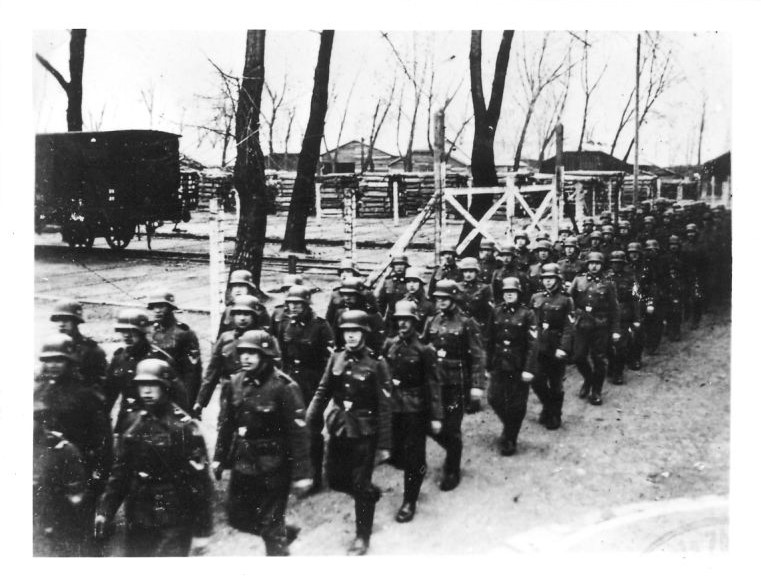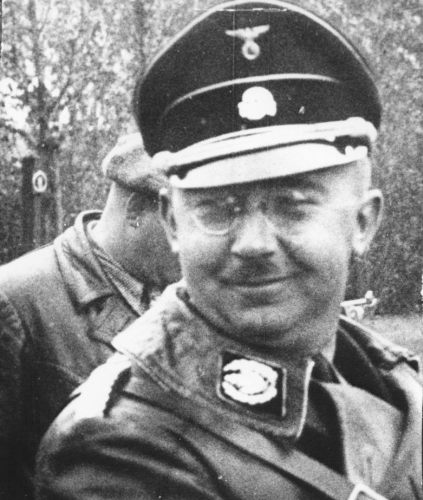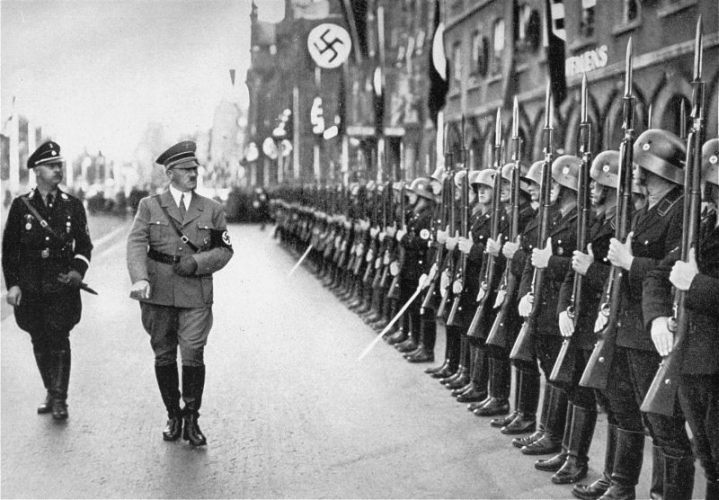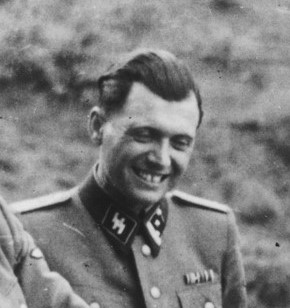Though the abbreviation “SS” is generally recognized across the contemporary world, most people actually do not understand its origin. It comes from the name of the organization “Die Schutzstaffeln der NSDAP.” Currently there are two different translations into the Polish language: in the past “Protection Staff” was most often used; today, however, the dominant interpretation of the name is “Protective Echelon.”
The history of the origin of the SS is generally associated with the Stoßtrupp Adolf Hitler, established in 1923 and responsible for the personal protection of the Nazi Party leadership. In 1925, the SS was divided into several different security branches. However, following a series of changes in its structure, the SS finally became a unified organization, the Schutzstaffeln.
In 1929, the actual founder as well as organizer of the SS was Heinrich Himmler, appointed as its commander (Reichsführer). He was able to convince Hitler that specially conscripted and loyal troops would be able to provide a counterbalance to the numerous, yet undisciplined Storm Troopers (Sturmabteilungen, SA). In order to successfully accomplish this goal, Himmler greatly expanded the number of this organization’s members from an initial few hundred in the late twenties, to total of over 50,000 a decade later within the SS formations.




